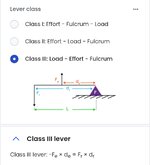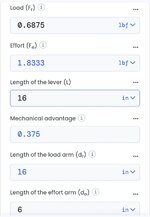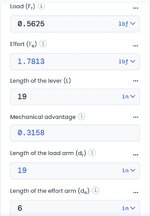sndmn11
"DADDY"
You quoted me, however, are you writing this for yourself?A “normal gunshot” is approximately 170 dbA. Exposure to that noise level for even a single exposure can cause permanent hearing loss. Not “will”, but “can.”
The suppressor is supposed to get that one shot down below 140-dbA. That is the level at which OSHA has determined that the risk of permanent hearing loss from an infrequent exposure is acceptably low.
Permanent hearing loss can still occur from repeated exposure to sounds below 140-db. The little tiny hairs in your ear need time to recover. So, generally, it is safe to fire one suppressed shot in X amount of time (at least an hour, but I personally try to limit it to one suppressed shot per day). If I plan to fire more than one suppressed shot, I put in earplugs.
The answer at the start of this thread, and all others like it, is to wear hearing protection when playing with firearms. 28 pages later, that's still the answer, to include your circular debating.
So, even with a great suppressor on a rimfire, you should be wearing hearing protection for a range session.





